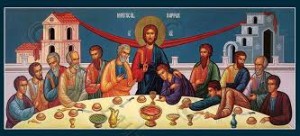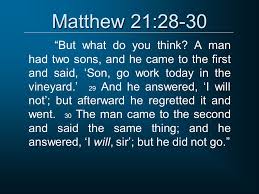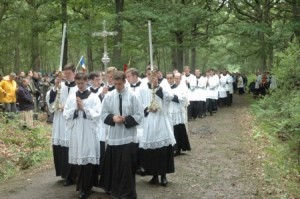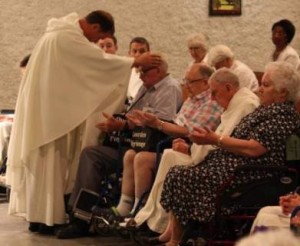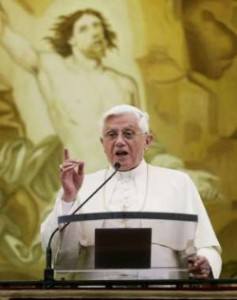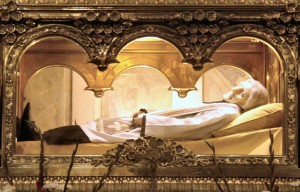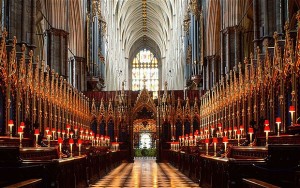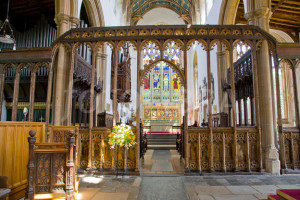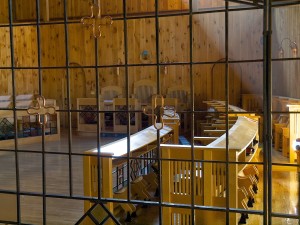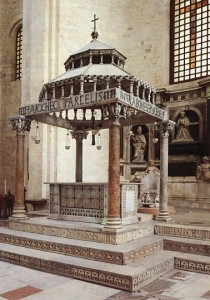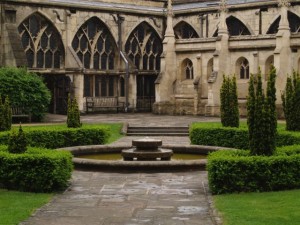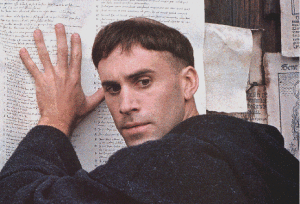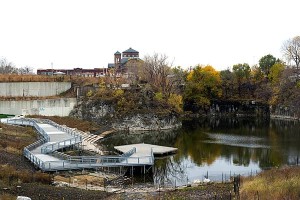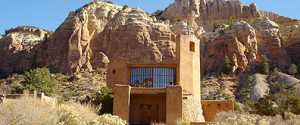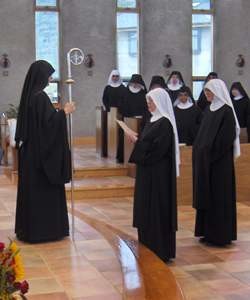Saint Benedict composed his Rule for Monks some time around 540 A.D. Egypt, the cradle of Christian monasticism, had been drastically reduced in the previous 150 years from its high point at the end of the fourth century. Saint Benedict makes explicit reference to the “desert” only once, when describing the anchorites in the first chapter, on the kinds of monks. Since his Rule is written, however, not for anchorites but for “cenobites,” monks who live in communities, we might imagine that this off-hand reference to the desert is a mere nod in the direction of Egypt, without any further thread of connection to the ancient tradition.
There are important hints that Benedict knew the Egyptian tradition well and incorporated it seamlessly into his own proto-European style of monasticism. Finding these clues requires a bit of excavation. The place I would like to begin is in a perhaps unlikely spot, in chapter 64, On the Constituting of an Abbot. The abbot, Saint Benedict tells us, should be chosen “vitae…merito et sapientiae doctrina,” for the merit of his life and the wisdom of his doctrine. This sounds common sensible enough, but in fact it encapsulates an entire way of thinking about the spiritual quest in Christian monasticism. It also justifies Fr. Terence Kardong’s contention that the abbot is to be the “perfect” monk.
Merit of life corresponds to the presence of virtue and absence of vice. It is the first step in monastic conversion, a change of outward behavior. One learns to act…as a monk acts. When monks promise “conversion of life” (conversatio morum) according to the formula invented by Saint Benedict in chapter 58, they are promising to change their way of living. This is not a matter of mere “morals” but is implicated in all kinds of habits, preferences, and in personal comportment. This is the minimum observance “for beginners” [RB 73]. For those who are striving for greater advancement, however, as Benedict goes on to show us in chapter 73, there is the inward transformation of doctrine, new habits of thought about the cosmos and insight into God’s ways. It is not enough for the abbot to be worthy by his exterior actions; he must also have the interior virtues that allow him to give spiritual counsel and make wise decisions about the community’s welfare. It is noteworthy that one of the primary sources of doctrine, according to RB 73, is St. John Cassian, the primary link between European and Egyptian monasticism.
In future posts, I hope to demonstrate Saint Benedict’s direct dependence on the Egyptian desert fathers for this two-fold description of monastic spirituality. What the great monastic theologian Evagrius (354-399 A.D.) described as the practical (or “active”) life followed by the theoretical ( or “contemplative”) life is the best way of understanding Benedict’s emphasis on merit of life and wisdom of doctrine.

